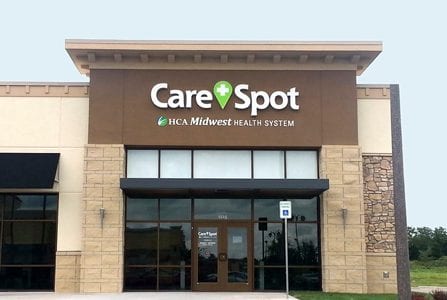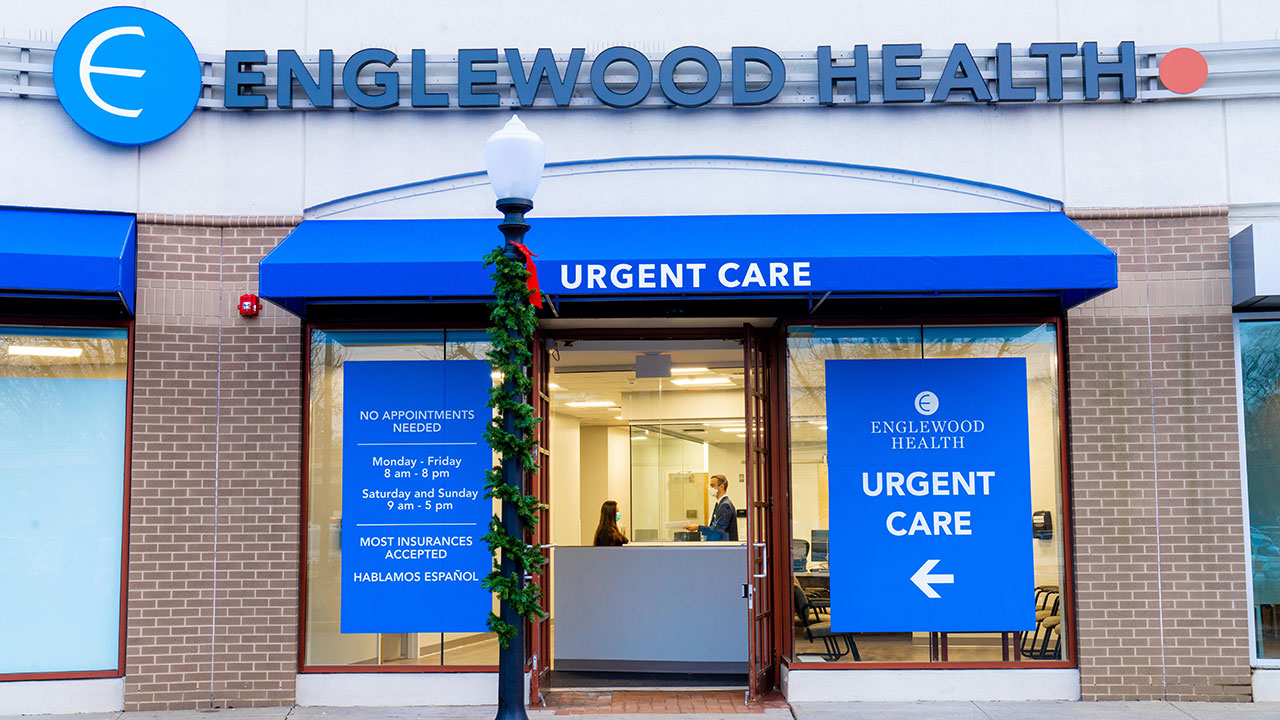Understanding the Role of Urgent Care in Giving Timely Treatment for Non-Life-Threatening Problems
Immediate care facilities have arised as an important part of the health care landscape, addressing the immediate demands of clients with non-life-threatening problems. Understanding the subtleties of urgent treatment might dramatically impact individual outcomes and the overall performance of healthcare shipment.
What Is Urgent Treatment?
Immediate care describes a group of medical services created to resolve non-life-threatening conditions that need instant focus. These centers work as an intermediary between health care doctors and emergency situation areas, supplying a hassle-free choice for clients who require prompt care without the substantial waiting times usually connected with emergency departments.
Urgent care centers are normally staffed by clinical experts, including doctors, registered nurse experts, and medical professional assistants, who are trained to diagnose and treat a wide range of problems. Typical services offered by these centers include therapy for small injuries, illnesses, and infections, as well as diagnostic examinations such as X-rays and research laboratory job.
The availability of urgent care is a key factor in its appeal, as many centers operate beyond normal office hours, including nights and weekend breaks. This prolonged accessibility permits individuals to receive prompt care when their medical care provider might not be accessible. Additionally, immediate care facilities often approve walk-in clients, eliminating the requirement for appointments. Generally, immediate care plays an essential role in the medical care system, guaranteeing people can access vital medical services without delay and efficiently.

When to look for care at an immediate care facility instead of a main treatment doctor or an emergency situation space,Several individuals might locate themselves unsure concerning. Immediate treatment is developed to resolve non-life-threatening conditions that need prompt interest yet are not severe adequate to warrant an emergency clinic visit.
Normally, one should take into consideration urgent look after concerns such as minor cracks, sprains, cuts needing stitches, or infections like urinary system system infections. In addition, chilly or influenza symptoms, breakouts, and sensitive responses can also be suitably taken care of in this setup.
It is crucial to note that urgent care is not ideal for deadly emergency situations, such as upper body pain, problem breathing, or extreme blood loss, which demand immediate emergency space intervention.
People that do not have accessibility to a health care physician or can not safeguard a timely appointment may also benefit from urgent care services. Inevitably, recognizing when to utilize immediate treatment can lead to more efficient healthcare delivery, allowing patients to receive the appropriate level of care based on their specific health and wellness requirements.
Advantages of Urgent Care Centers
Choosing urgent care centers for non-life-threatening problems supplies numerous advantages that enhance client experience and availability. One main benefit is the reduced delay times contrasted to conventional emergency clinic. Immediate treatment facilities commonly operate a first-come, first-served basis, allowing patients to obtain prompt medical attention without the lengthy delays commonly related to hospital setups.
Furthermore, immediate treatment centers offer extended hours, consisting of nights and article weekends, accommodating clients with varying timetables. This versatility ensures that people can seek care when it is most hassle-free for them, additionally advertising timely treatment.

Additionally, these facilities commonly offer a detailed series of services, including analysis tests and small procedures, all under one roof covering. This debt consolidation of services not only streamlines the person experience however also cultivates a much more natural technique to taking care of non-life-threatening wellness problems, inevitably benefiting overall individual outcomes.
Usual Conditions Dealt With
At immediate care facilities, a selection of non-life-threatening problems can be successfully dealt with, offering individuals with available and prompt clinical assistance. These facilities are especially experienced at dealing with problems that need punctual attention yet do not pose an instant risk to life or limb.
Common conditions treated at immediate treatment facilities include small injuries such as pressures, cracks, and sprains. Immediate treatment centers are equipped to perform essential analysis tests, such as X-rays and laboratory examinations, enabling them to offer comprehensive treatment.
Moreover, immediate treatment companies can provide vaccinations, aiding to avoid the spread of contagious diseases - Urgent Care. They additionally use services for small procedures, such as suturing wounds or draining pipes abscesses. By providing these varied services, immediate care facilities play a crucial role in linking the space in between main care and emergency solutions, making sure clients obtain timely therapy for a variety of problems without the requirement for lengthy wait times typically related to emergency clinic
Just How Urgent Treatment Supports Healthcare System
Immediate treatment facilities play an important role in supporting the total healthcare system by alleviating the problem on emergency divisions and giving timely accessibility to healthcare for non-life-threatening problems. By managing instances such as minor injuries, infections, and ailments, urgent care facilities enable emergency divisions to concentrate on even more vital patients needing immediate interest.
Moreover, immediate treatment facilities boost medical care ease of access, offering prolonged hours and an easier option to traditional medical care settings. This availability is especially valuable for individuals that might not have a regular physician or who require Related Site instant treatment outside of regular office hours. Consequently, urgent care centers effectively lower wait times and boost patient satisfaction.
Furthermore, immediate care centers add to cost savings for both individuals and the health care system by supplying lower-cost solutions contrasted to emergency divisions. This economic effectiveness is important in a period of rising medical care expenses, permitting people to get essential care without incurring expensive expenditures.
Verdict
To conclude, immediate treatment facilities play an essential duty in the medical care system by delivering punctual treatment for non-life-threatening conditions. By bridging the space between main treatment and emergency areas, these centers guarantee that people receive timely medical focus without the extensive wait times usually connected with emergency situation divisions. The accessibility and performance of immediate treatment facilities add substantially to relieving the overall burden on healthcare my response resources, enhancing patient results, and advertising a much more effective medical care distribution system.
Urgent care centers have actually emerged as a vital element of the health care landscape, attending to the instant demands of clients with non-life-threatening conditions. Urgent treatment visits typically sustain reduced out-of-pocket expenses contrasted to emergency situation division gos to, making treatment a lot more affordable for patients without jeopardizing high quality. Urgent care centers are furnished to execute essential analysis examinations, such as X-rays and laboratory examinations, enabling them to provide thorough treatment.
By offering these diverse services, urgent care centers play an important function in bridging the void in between main care and emergency services, making certain individuals obtain prompt therapy for a broad variety of conditions without the demand for lengthy wait times generally linked with emergency rooms.
Additionally, immediate care centers improve health care accessibility, supplying extended hours and an extra practical alternative to conventional primary care setups.